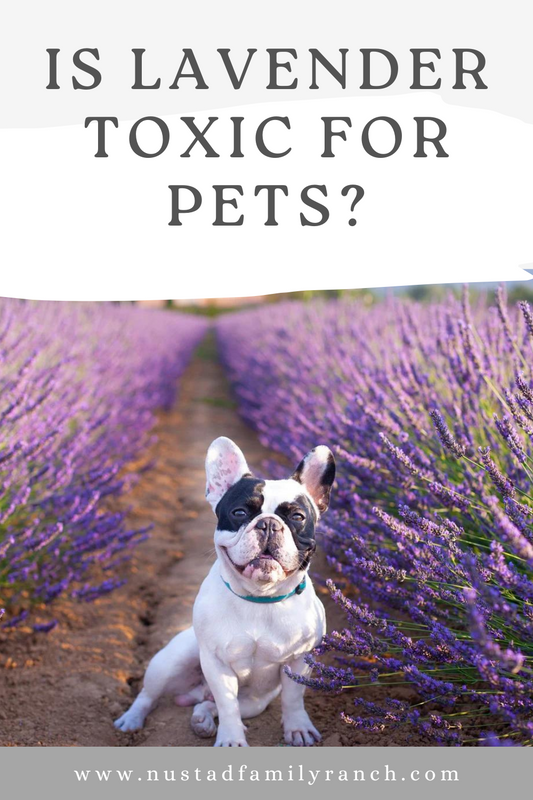Lavender is a versatile and popular herb that has been used for centuries for its soothing and relaxing properties. The name "Lavender" originated in Rome and may have come from the verb "lavare" which means to wash, or the word “livendulo” which means “livid or bluish." The Lavender family consists of over 30 varieties, the most popular being Lavendula Angustifolia, or English lavender.
Lavender in the Old World
While mainly associated with France, it was widely used in the ancient world, specifically in the cultures of Egypt, Greece, Rome, and the Middle East for a variety of ailments and relaxation. Its origins date back roughly 2500 years, and was brought to Franc around 600 BC, establishing itself in the Mediterranean climate.
Lavender proved to be of great use to the Egyptians, as they often used it not only for cosmetics but to embalm the dead. It is said that when the tomb of Tutankhamun was opened, unguents that resembled that of Lavender were found in jars throughout the tomb.
The Greeks were well versed in the Egyptians' way of perfumes, cosmetics, and aromatics. Theophrastus (from the 3rd century BC), wrote about the aromatics and qualities of Lavender in his studies and stated that herbs such as sage, Lavender, Primrose, and Nasturtium cure paralytic parts of the body.
The first written record regarding the healing properties of Lavender is recorded in De Materia Medica, a 5-volume work written in 77AD by Dioscordes, a Greek military physician under the Roman Emperor, Nero. He noted that when ingested, Lavender was known to relieve indigestion, headaches, and sore throats, as well as mild anxiety, while externally, Lavender could be used to heal wounds, burns, and other skin ailments. Thus, due to his research, Roman soldiers were known to take Lavender with them to treat such ailments. Cayo Plinio Segundo otherwise known as "Pliny the Elder", studied Lavender's effects and noted that it could assist in the treatment of menstrual problems, upset stomachs, kidney disorders, jaundice, dropsy, and treating insect bites. After his research was published, knowledge of its healing powers spread to India and Tibet.
Although Lavender was used minimally in the dark ages, it is said that not only did the Catholic church use lavender to ward off spirits during the holidays, but monasteries studied and copied the medicinal effects of lavender from manuscripts. After Henry VIII dissolved the monasteries, Lavender became a household herb, making its way into gardens, sewn into garments, hung from ceilings, and used to repel insects. During the plague, the herb became even more popular as it was used to repel insects and fleas.
Renaissance & Victorian Era
In 16th & 17th century France, Lavender was not only regarded as a reliable form of disinfectant but was commonly found in herbal balms and "cure-all" mixtures. So much interest had been garnered that prices rose during the Great Plague of 1665, and vendors appeared on the streets.
From street sellers to Queen Victoria, Lavender had become immensely popular. The trends of the time included; muslin bags, linens, repelling insects (such as fleas, lice, and mosquitos), and disinfectants that continued heavily throughout the Victorian era. Eventually, it became so overused that the trends died in the early 20th century.
History and Origins of Lavender in France
Although Lavender has a rich history throughout the ancient world, almost everyone can agree, that when they imagine Lavender, they think of France. The first plants cultivated in France were established around the late 19th century. There is much debate about who was the first to introduce Lavender to France. While many believe that the Persians (modern-day Iran) were the first to bring the herb to France, others argue that it came from the canary islands. However, the most popular belief is that the Romans were the first to bring it to the area. By the early 20th century, shepherds were cultivating and selling it to perfumeries in the area.
Today, Lavender is mainly cultivated in Northern Provence – Drôme Provencale, Haut Vaucluse (Vallée du Lubéron) and Alpes de Haute Provence (Plateau de Valensole), however, it grows very well in Mediterranean climates with sandy well-draining soil and lots of sun. Before World War I, perfumers in the area saw the appeal of Lavender and cleared their previous crops, planting Lavender in their place. France produces over 30% of the world's Lavender. Due to its popularity and increase in interest, Lavender farms, perfumeries, and distilleries have developed all over the region, further developing and diversifying the plant. Today over 40 varieties exist, the most popular in France being: Provence' lavender (Lavandula x intermedia 'Provence'), True French lavender, (Lavandula angustifolia), and Lavandula x intermedia 'Grosso' (Lavender).
Lavender's long and fascinating history has allowed it to remain one of the world's most popular herbs in the modern world.



